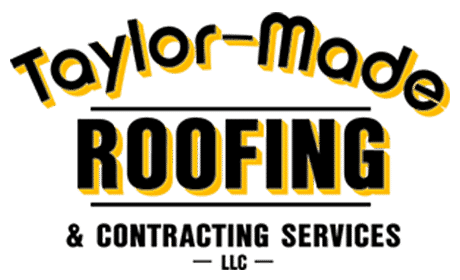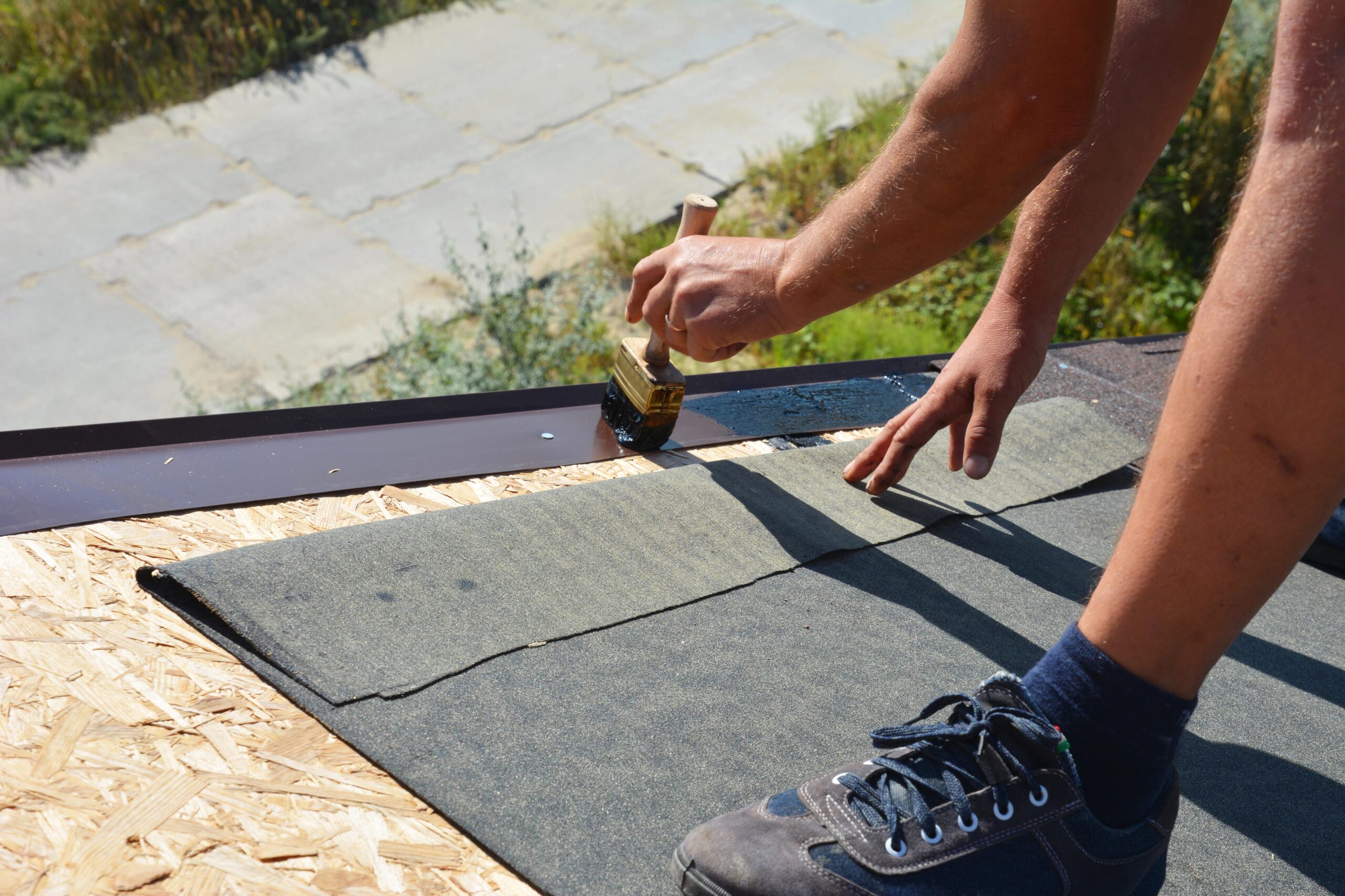Most people tend to focus on shingles when they think about purchasing a new roof. But when it comes to building a durable, weather-resistant roof, choosing the right underlayment is just as important as the shingles on top. The underlayment acts as a protective barrier between the roof deck and the outer roofing material, shielding your home from moisture, wind, and other damage. There are several roof underlayment types available, and each comes with its own strengths and drawbacks. While your roofer can help you make an informed decision, learning about the various roof underlayment types can help you understand what’s behind — or in this case, beneath — a long-lasting, resilient roof.
Exploring Roof Underlayment Types
Your roof deck, which is typically made of plywood, OSB, or step sheathing, may be partially protected from the elements by shingles, but this is your home we’re talking about! You want to feel confident that your roof is well protected. That’s where roof underlayment comes into the picture. It protects your decking even if water sneaks beneath the shingles. There are three common types: asphalt-saturated felt, rubberized asphalt, and synthetic. Let’s discuss the pros and cons of each type.
Asphalt-Saturated Felt
Made from an organic or fiberglass base saturated with asphalt, asphalt-saturated felt is a traditional and widely used choice of roof underlayment. It’s typically available in 15-pound and 30-pound thicknesses, and you might hear it called “felt paper” or “tar paper.” While asphalt-saturated felt is a budget-friendly choice, it’s also heavier than some other options and more prone to tearing than synthetics.
Rubberized Asphalt
Rubberized asphalt has a high rubber or polymer content for flexibility. It’s self-adhering (it comes with a sticky backing), which helps create a waterproof seal. Because of its premium protection, it’s excellent for areas prone to ice dams or water infiltration (e.g., roof valleys, eaves, vents, chimneys, skylights, etc.) and cold climates that experience harsh winter weather. But it’s also more expensive than some other options. You might hear rubberized asphalt underlayment referred to as “self-adhered” or a “peel-and-stick membrane.”
Non-Bitumen Synthetic
Created from polypropylene or polyethylene, synthetic underlayments are a popular choice for modern roofs. They’re more durable and easier to install when compared to felt. They’re also lightweight, tear-resistant, and typically offer strong water resistance. The cost of non-bitumen synthetic typically falls somewhere between that of asphalt-saturated felt and rubberized asphalt.
_____
All three roof underlayment types are solid choices depending on your project and goals. To summarize a little, asphalt-saturated felt is the most affordable option, but it’s heavy and only offers moderate water resistance and durability. Synthetic costs a bit more, but you’ll achieve high water resistance and durability despite the product’s lightweight construction. Finally, rubberized asphalt is the most expensive option, but it provides excellent water resistance and very high durability with a weight that ranges from moderate to heavy.
Keep in mind that you may not need to decide on just one! Sometimes, a hybrid setup is ideal. For example, you could use synthetic for most areas but apply rubberized asphalt in the valleys and eaves for extra protection.
Which option is best? Well, that really depends on your specific roof and budget. Discuss your situation with your roofer to determine the best roof underlayment for your needs.
Are you ready to replace your roof? Contact Taylor-Made Roofing today. A local company with more than 20 years of experience, Taylor-Made Roofing is committed to delivering top-line roofing to homes and businesses throughout southwest Missouri. We’re fully licensed and insured and prepared to assist you with all your roofing needs. Whether it’s a new roof, roofing repairs, inspections, maintenance, or gutters, we’ve got you covered. To learn more about our services or request an estimate, contact Taylor-Made Roofing today.

